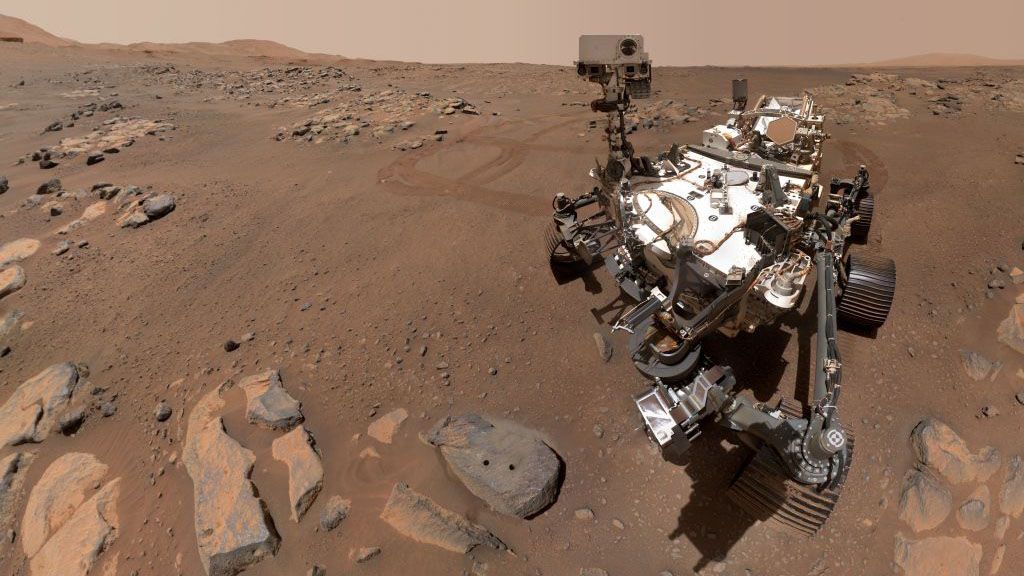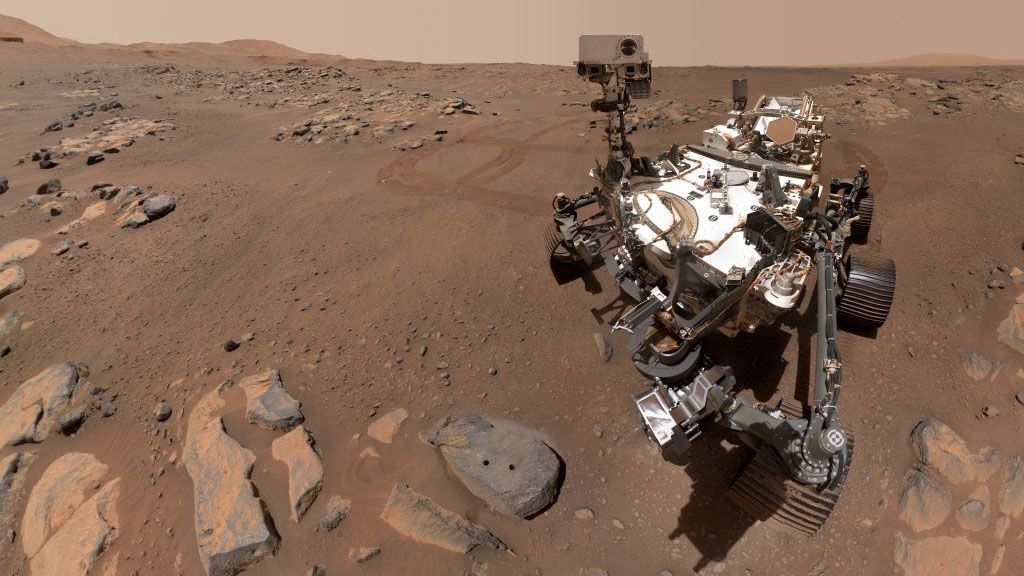
You can help NASA make its Mars rovers even better explorers.
NASA is asking citizen scientists to label “features of scientific interest in imagery taken by NASA’s Perseverance Mars rover.” The project — called AI4Mars, and hosted on Zooniverse — continues work initiated last year with the Curiosity rover that ended up generating an object-classifying algorithm.
“Images from Perseverance will further improve [the algorithm] by expanding the kinds of identifying labels that can be applied to features on the Martian surface,” officials at NASA’s Jet Propulsion Laboratory (JPL) in Southern California, which manages the missions of both Curiosity and Perseverance, wrote in a statement.
“AI4Mars now provides labels to identify more refined details, allowing people to choose options like float rocks (“islands” of rocks) or nodules (BB-size balls, often formed by water, of minerals that have been cemented together),” the officials added.
Related: Where to find the latest Mars photos from NASA’s Perseverance rover
The tool produced via the Curiosity imagery is called SPOC (Soil Property and Object Classification). It was based upon work in which people labeled nearly half a million images, outlining features like sand and rock. The tool is getting such features right 98% of the time, and rover drivers are already using SPOC to plan Red Planet routes, JPL officials said.
Perseverance has 23 cameras and sends dozens to hundreds of images to Earth each day. Mission team members would like to reduce the time between when the images are received and when instructions are uploaded to Perseverance from its teams. This can take hours, because engineers and geologists search the photos for specific features of interest as well as terrain that may be hazardous for the rover to traverse.
Related stories:
“It’s not possible for any one scientist to look at all the downlinked images with scrutiny in such a short amount of time, every single day,” Vivian Sun, a JPL scientist who helps coordinate Perseverance’s daily operations and consulted on the AI4Mars project, said in the same statement. “It would save us time if there was an algorithm that could say, ‘I think I saw rock veins or nodules over here,’ and then the science team can look at those areas with more detail.”
In the further future, labeling such geologic features could also help with the ongoing search for life on Mars, which includes a range of rover, orbiter and sample return spacecraft all expected to reach the Red Planet in the coming decade.
Follow Elizabeth Howell on Twitter @howellspace. Follow us on Twitter @Spacedotcom or Facebook.



